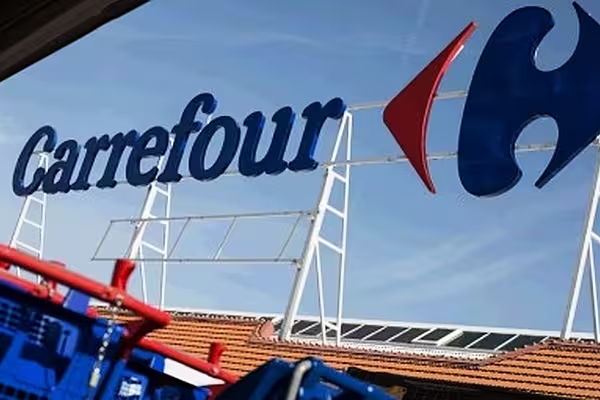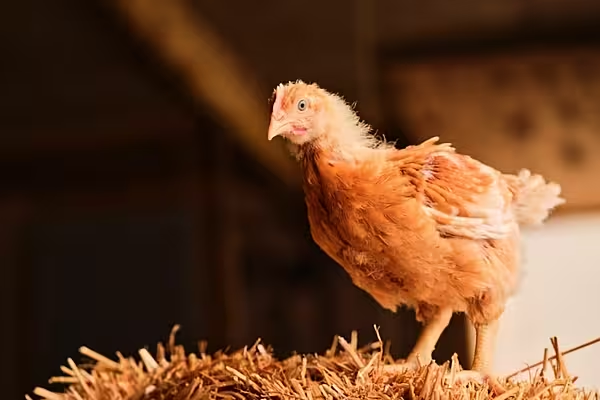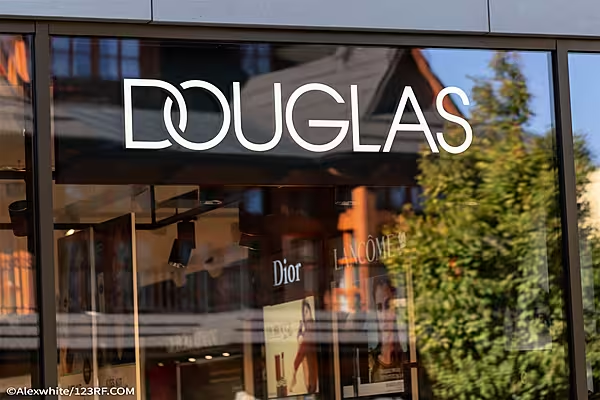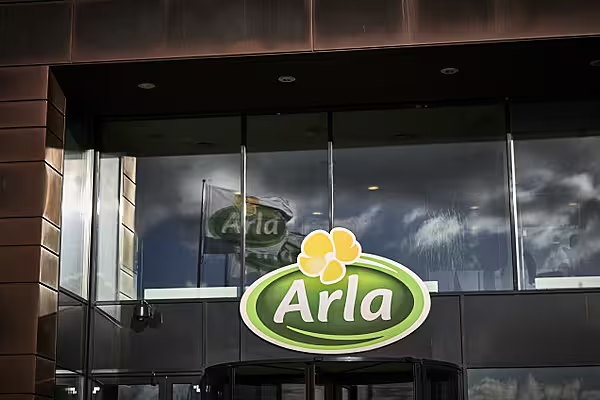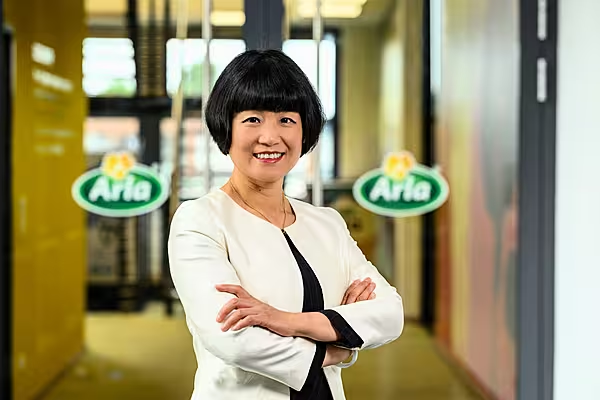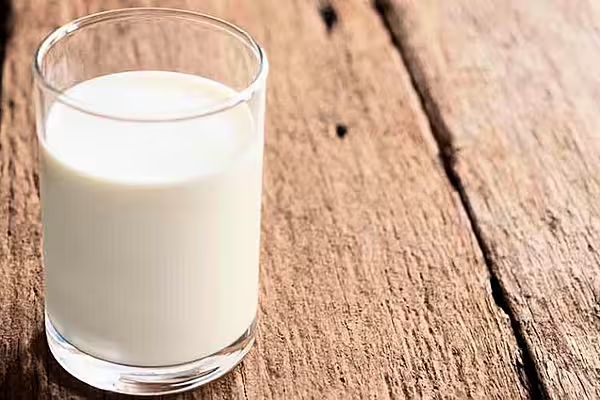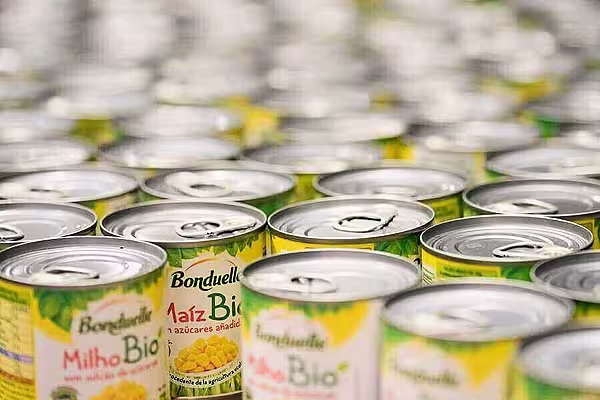Danish dairy firm Arla ended its 2023 financial year with revenue of €13.7 billion – almost on a par with the previous financial year (€13.8 billion).
Commenting on its performance, the company said that consumers in Europe opted for discounters and cheaper products and bought fewer dairy products amid high inflation and a cost-of-living squeeze in the earlier part of 2023.
In Africa and South-East Asia, negative currency had a significant impact on the purchasing power of consumers.
'Strong' Brand Growth
However, Arla Foods saw ‘strong’ branded growth in the second half of 2023, with strategic branded volume-driven revenue growth of 4.1%.
Overall strategic branded volume-driven revenue growth for the full year declined by 0.7%. In the first half, it declined by 6.0%.
In 2023, Arla saw branded revenue growth of 1.2%, to €6.38 million, up from €6.3 million in the previous financial year, due to higher prices.
It saw an underlying decrease in branded volume-driven revenue growth of 0.7%, which, it notes, was ‘better than expected’ and ‘in positive momentum entering 2024’.
For the full year, Arla generated a net profit of €380 million, accounting for 2.8% of revenue or the bottom end of its target of 2.8% to 3.2%.
Supplementary Payment
Arla’s board has proposed a higher-than-expected supplementary payment (dividend) to Arla Foods’ farmer owners, of €270 million, in total for full-year 2023.
The dairy firm added that it was ‘on track’ to achieve its 2030 emission reduction targets, as its farmer owners made significant progress in reducing carbon emissions, cutting close to one million tonnes of CO2 in the last two years.
Peder Tuborgh, CEO of Arla Foods, added, “The proposed supplementary payment, as well as a competitive on-account milk price in 2023, is a direct reflection of Arla’s financial performance and robustness.
“We have navigated a deflated and volatile global dairy market, as well as headwind from several currencies. In light of this, I am very pleased that we, during 2023, managed to pay the second highest-ever average on-account milk price and still deliver a high supplementary payment to our farmer owners at year end.”
Divisional Performance
In Europe, Arla reported revenue growth of 2.7%, to €7.98 billion, up from €7.77 billion in the previous financial year.
Branded volume-driven growth declined by 1.3%, as consumers chose cheaper options and sought promotional offers.
The dairy firm saw the highest branded volume decline of 5.1% in Sweden, as high inflation and interest rates and a weakened SEK adversely impacted households.
Elsewhere, Arla’s Netherlands-Belgium-France cluster achieved 6.9% branded growth, while the UK registered a 2.2% increase.
Starbucks delivered growth of 21.8%, and Arla Protein continued its growth journey at 60.5%, the company noted.
In the international segment, revenue increased by 1.4%, to €2.47 billion, up from €2.43 billion in 2022.
Despite high price levels, branded volume-driven growth remained positive, at 1.9%.
Arla Foods Ingredients (AFI) reported a 10.4% increase in its value-added protein volumes, but revenue decreased by 6.3%, to €963 million, compared to €1.03 billion in the same period last year.
Revenue at Arla’s Global Industry Sales unit decreased by 8.7%, to €2.2 billion, up from €2.5 billion in 2022, driven by commodity price decreases in the first half of the year.
However, the overall share of milk solids sold by the business unit rose to ‘historical high’ volumes of 27.4%, from 23.6% last year.
Outlook 2024
Arla expects volatile market conditions – driven by external factors, such as reduced consumer purchasing power, currency developments, and geopolitical tension and uncertainty – to continue to impact the business in 2024.
It also foresees growth momentum experienced in the second half of 2023 to continue in the first half of 2024.
Tuborgh added, “While we anticipate continued volatility on multiple levels, our strong performance in the second half of 2023 makes us face 2024 with great confidence. [...] However, Arla is in a robust financial position – global demand for dairy remains strong.”

